

- RFQ
- BOM
-
Contact Us
Tel: +86-0755-83501315
Email: sales@sic-components.com
- Chinese
- English
- French
- German
- Portuguese
- Spanish
- Russian
- Japanese
- Korean
- Arabic
- Irish
- Greek
- Turkish
- Italian
- Danish
- Romanian
- Indonesian
- Czech
- Afrikaans
- Swedish
- Polish
- Basque
- Catalan
- Esperanto
- Hindi
- Lao
- Albanian
- Amharic
- Armenian
- Azerbaijani
- Belarusian
- Bengali
- Bosnian
- Bulgarian
- Cebuano
- Chichewa
- Corsican
- Croatian
- Dutch
- Estonian
- Filipino
- Finnish
- Frisian
- Galician
- Georgian
- Gujarati
- Haitian
- Hausa
- Hawaiian
- Hebrew
- Hmong
- Hungarian
- Icelandic
- Igbo
- Javanese
- Kannada
- Kazakh
- Khmer
- Kurdish
- Kyrgyz
- Latin
- Latvian
- Lithuanian
- Luxembou..
- Macedonian
- Malagasy
- Malay
- Malayalam
- Maltese
- Maori
- Marathi
- Mongolian
- Burmese
- Nepali
- Norwegian
- Pashto
- Persian
- Punjabi
- Serbian
- Sesotho
- Sinhala
- Slovak
- Slovenian
- Somali
- Samoan
- Scots Gaelic
- Shona
- Sindhi
- Sundanese
- Swahili
- Tajik
- Tamil
- Telugu
- Thai
- Ukrainian
- Urdu
- Uzbek
- Vietnamese
- Welsh
- Xhosa
- Yiddish
- Yoruba
- Zulu
- Kinyarwanda
- Tatar
- Oriya
- Turkmen
- Uyghur
Rail-To-Rail Output Amplifier Alternatives
Rail-to-rail output amplifiers are quite common in modern electronic design, as they can maximize the output voltage swing within the power supply voltage range. However, designers may sometimes need to find alternative solutions. For example, the cost is too high to control, the existing models cannot meet specific performance requirements, or the system architecture is relatively special, making compatibility difficult.
There are many reasons for seeking alternatives. In terms of cost, the price of components has a significant impact in mass production. Some high-end rail-to-rail amplifiers, especially those from major brands, have strong functions, but their prices may be too high for designs with tight budgets. For low-cost audio equipment or simple sensor interfaces, where profits are inherently thin, switching to a cheaper alternative allows the product to remain viable.
Performance is also a key consideration. Ultra-low power consumption is crucial in battery-powered devices, such as wearables and IoT sensors. Although some rail-to-rail amplifiers are low-power, certain applications require an even more extreme level of quiescent current; otherwise, battery life will not be sufficient. The same applies to high-speed operations. High-speed data acquisition and communication transceivers have extremely high requirements for bandwidth and slew rate, which traditional models may not keep up with. Additionally, precision and low noise are critical in measurement instruments and high-end audio equipment—even slight noise or offset voltage can be unacceptable, requiring a more reliable alternative.
Compatibility is another issue. Some systems have non-standard power supply voltages or special impedance matching requirements, meaning standard rail-to-rail amplifiers may not be compatible, necessitating alternatives that can adapt.
There are many types of alternative amplifiers:
- Among low-power CMOS amplifiers, the SID103 series is excellent. With a minimum supply voltage of 1.4V and a current of only 300nA per channel, it is well-suited for wearable devices and standalone sensors. It also features EMI filtering and multi-channel options. Nanjing Navector's NX721 and NX722 are also good choices, offering low noise, low voltage, shutdown current as low as 1μA, good load capacity, and space-saving dual-channel designs.
- In precision amplifiers, the PC6100/PC61002 has extremely low noise (only 2.7nV/√Hz at 10kHz) and low total harmonic distortion, making it ideal for single-supply ADC buffers. Rion's MS8628 series uses zero-drift technology, resulting in ultra-low offset voltage and temperature drift, along with a wide power supply range, making it practical for automotive sensors and medical devices.
- For high-speed amplifiers, TI's OPA2356, with a 200MHz bandwidth and 60mA output current, can handle high-speed data acquisition and video processing. The TLV3542(TLV3542IDGKR/TLV3542IDR/TLV3542IDGKT) is also impressive, with a 100MHz bandwidth and 100mA output, suitable for high-speed ADC interfaces. https://www.sic-components.com/product/search?search=OPA2356
Several considerations are important when selecting alternatives:
- Electrical parameters must match. Power supply range, gain bandwidth, and slew rate, among others, must align; even small discrepancies can render the amplifier unusable.
- Physical characteristics cannot be ignored. Package size and heat dissipation capability are critical, especially in space-constrained devices where small packages are preferred.
- Compatibility with existing circuits must be considered, including impedance matching and power supply adaptation. Circuit modifications must be done carefully to avoid issues.
- Cost-effectiveness must be calculated. Not only the unit price but also the cost of supporting components, reliability, and design changes should be factored in. Sometimes, a slightly more expensive option that simplifies the circuit can be more cost-effective.
In summary, while rail-to-rail output amplifiers are commonly used, there are numerous alternative solutions available. By selecting from low-power, precision, or high-speed types based on application requirements, and carefully evaluating parameters, compatibility, and cost, a suitable alternative can always be found.
https://www.sic-components.com/

Hot Products
View MoreRelated Blogs

2000+
Daily average RFQ Volume

30,000,000
Standard Product Unit

2800+
Worldwide Manufacturers

15,000 m2
In-stock Warehouse



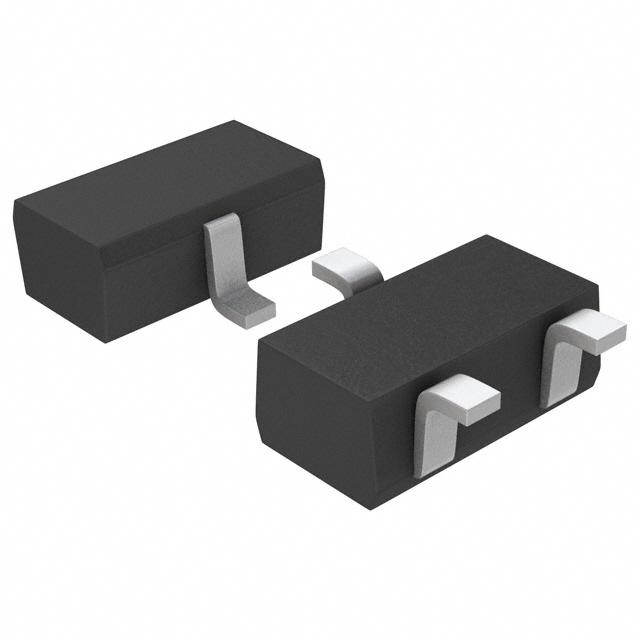
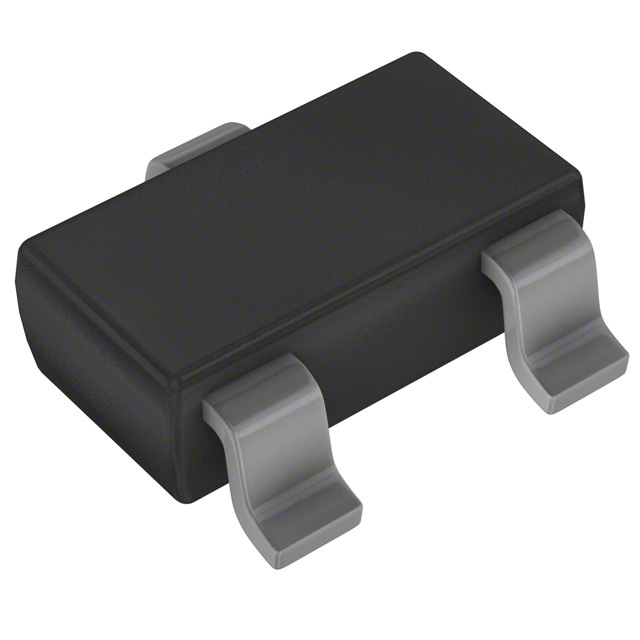
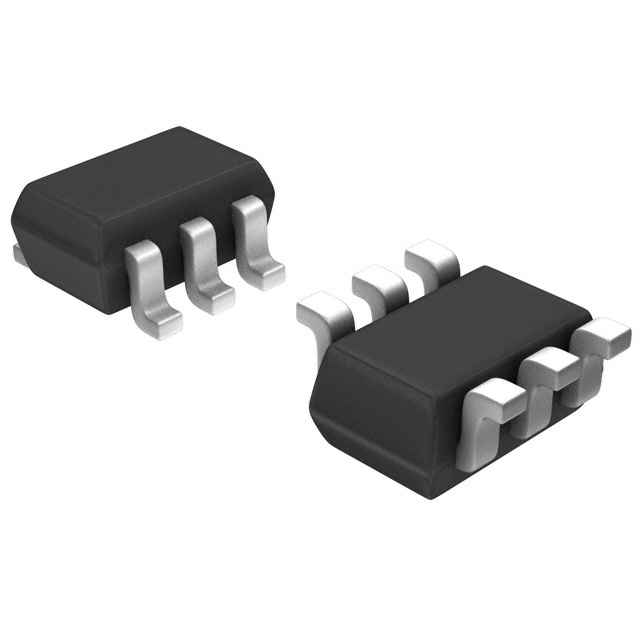
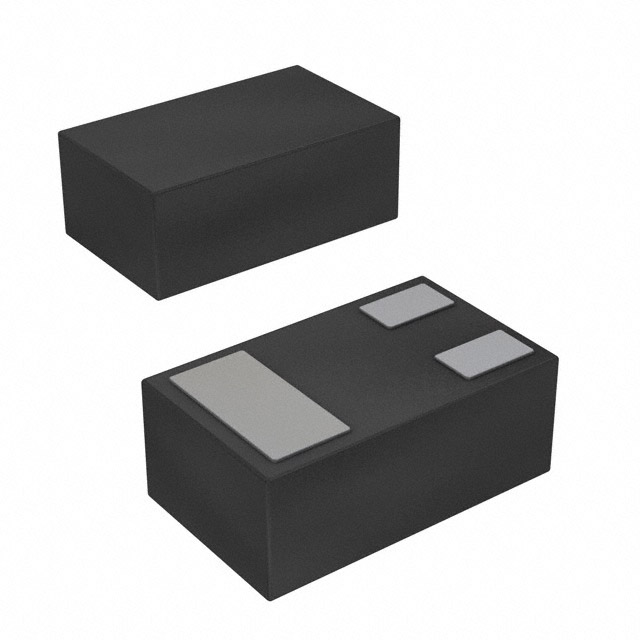
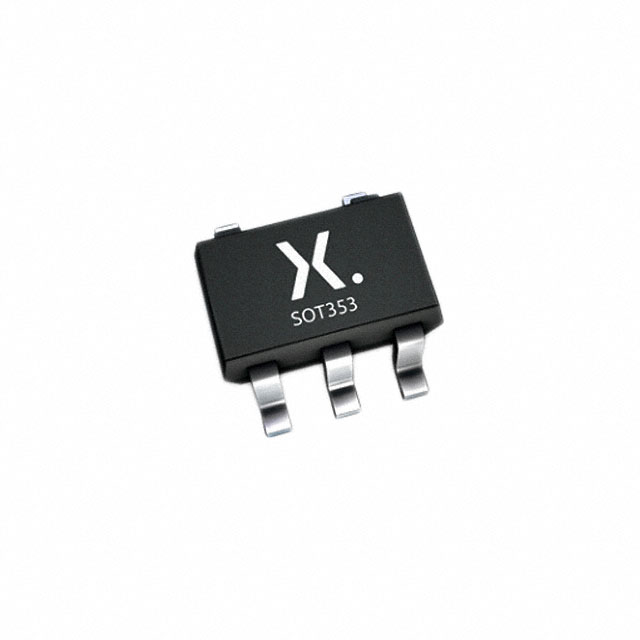

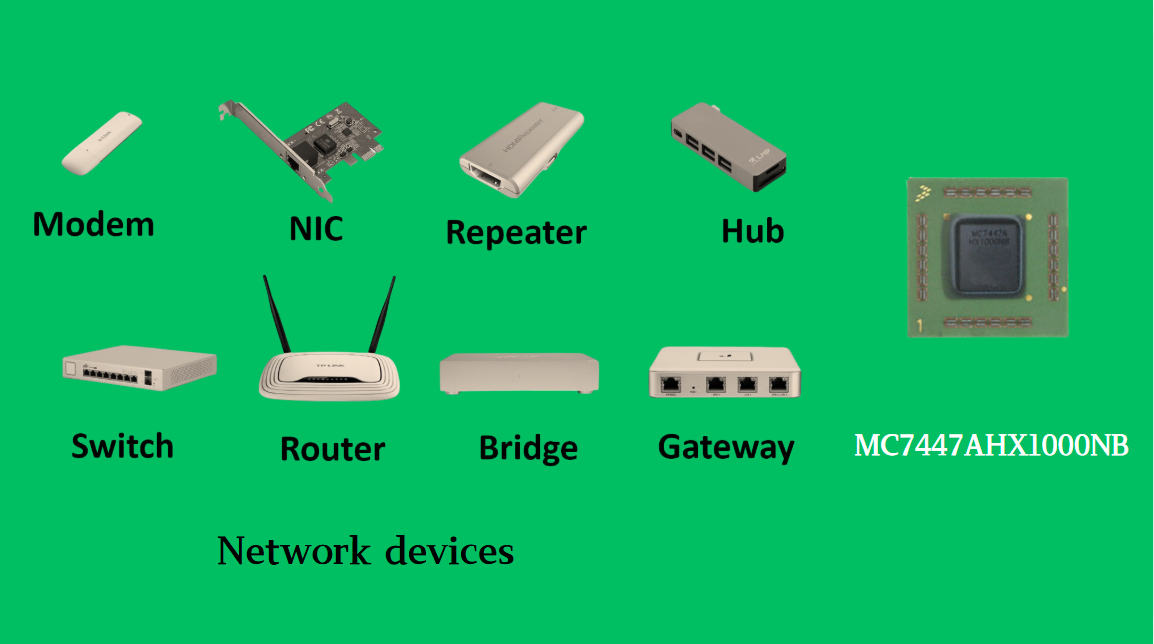
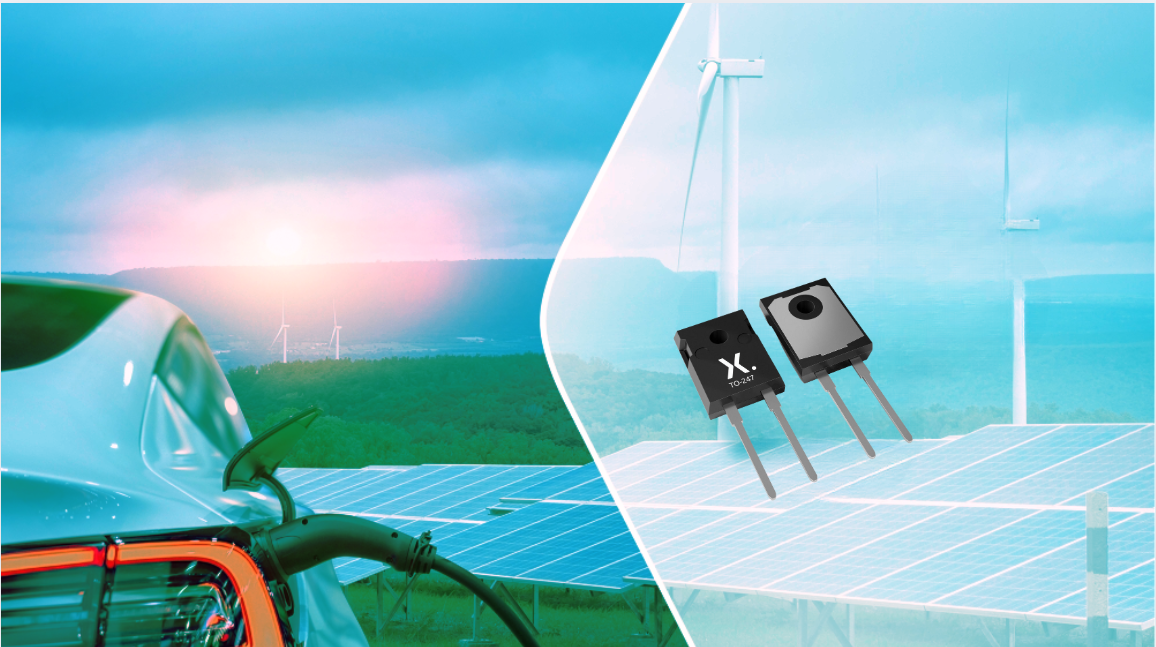







 Wishlist (0 Items)
Wishlist (0 Items) 